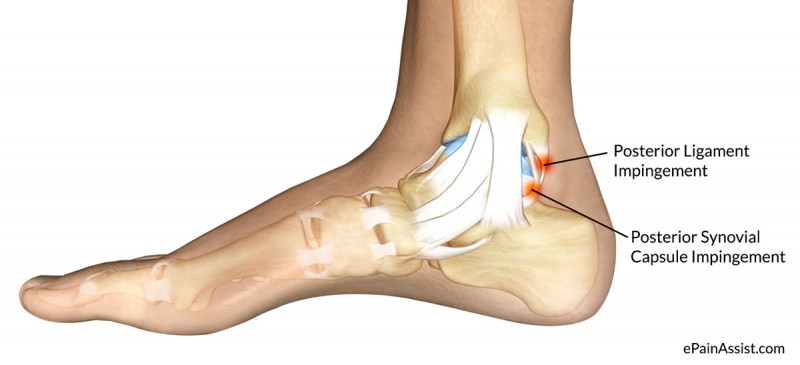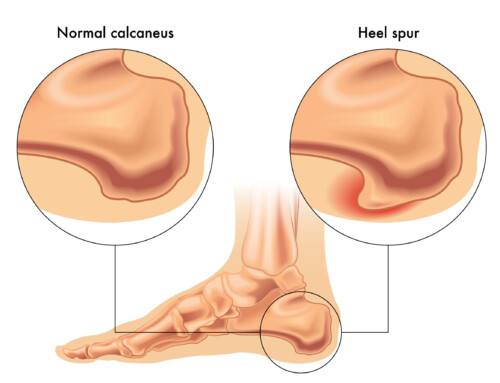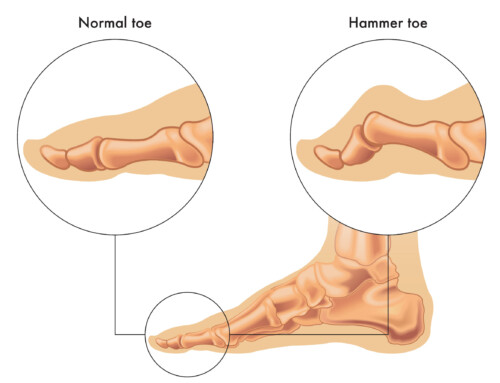By Brandon Cohen, SPT
What is Posterior Ankle Impingement?
Posterior Ankle Impingement (PAI) is an injury that occurs to the soft tissue or bony portion of the posterior (back) side of the ankle. The site of injury is the posterior portion of the talus, the ankle bone that meets with the bottom portion of your lower leg. PAI can either be identified as an acute issue which occurs from one specific traumatic incident or from repetitive low grade forced plantar flexion, which is defined as pointing your toes and foot towards the ground.
What are symptoms of Posterior Ankle Impingement?
- Pain, tenderness, swelling, and bruising in the posterior (back) ankle
- Pain that becomes worse when pointing the toes and foot down
- Pain with activity such as running, jumping, or walking down stairs and hills
Risk factors for PAI
- Athletes that participate in sports that involve repetitive plantar flexion such as ballet dancers, gymnasts and soccer players
- Activities that involve trauma while the foot is plantar flexed
- Past ankle injury
- Unsupportive or improperly fitted shoes
- Poor flexibility and strength
Physical Therapy for PAI
Physical therapy can assist in pain management, restoring range of motion, restoring muscle strength, increasing balance, regaining functional abilities and restoring normal movement patterns. Some of the techniques used to reduce pain can include ice massage and electrical stimulation. To regain motion, they may perform mobilizations which help the ankle begin to move normally. Strengthening the ankle muscles can help to assist with proper joint mechanics, decreasing the risk of future issues. Balance training can help to make your ankle more stable in conjunction with strengthening in order to further prevent injury. Eventually once all inflammation is gone and normal motion and strength have returned they will progress you to more functional activities to help to return you back to your sport and everyday activities.
CapitalAreaPT.com
Physical Therapy in Malta, NY and Queensbury, NY






